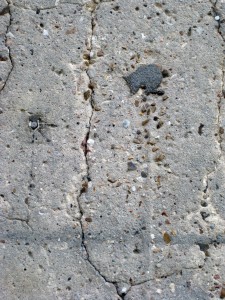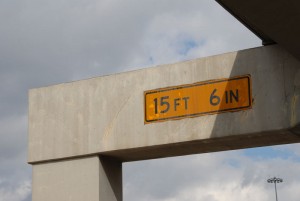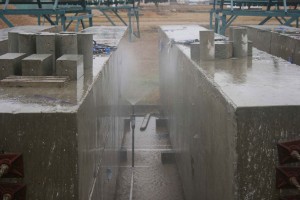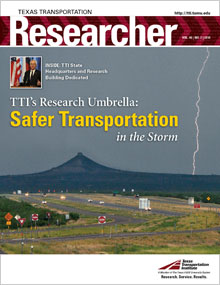 Texas weather runs the gamut — cold winters in some areas, occasionally heavy rains, times of drought and always baking summer heat. Concrete structures are built to last, but it’s the little things that get you sometimes. Little things like moisture and heat over time can trigger reactions in concrete structures that cause cracking and ultimately deterioration.
Texas weather runs the gamut — cold winters in some areas, occasionally heavy rains, times of drought and always baking summer heat. Concrete structures are built to last, but it’s the little things that get you sometimes. Little things like moisture and heat over time can trigger reactions in concrete structures that cause cracking and ultimately deterioration.
Two reactions in concrete that are most troubling are alkali-silica reactions (ASR) and delayed ettringite formation (DEF). ASR occurs when the alkalis in concrete react with the silica in some aggregates (the rocks included in concrete). Moisture can feed this reaction, which causes expansion with time and cracking. The other reaction, DEF, occurs between sulfate in gypsum in the cement and calcium aluminates when calcium hydroxides are present. Heat and moisture cause the growth of crystals, which can also cause the concrete to crack.
“It seems to be the cycle of wetting and drying that causes the most damage with ASR,” says Zachary Grasley, a research scientist with the Texas Transportation Institute (TTI) and an assistant professor in the Zachry Department of Civil Engineering at Texas A&M University, who is studying these processes. “ASR can cause a distributed cracking pattern, called map cracking because it looks like lines on a map when you look at the surface of the concrete. DEF, on the other hand, can form much larger cracks.” Both deterioration mechanisms tend to create cracking in areas of concrete members that are in tension.
Texas Department of Transportation (TxDOT) research has helped develop specifications to minimize the risk of ASR and DEF, but older structures built before the new specifications were in place can be affected by them. Current TTI research is evaluating the structural performance of lap splices (overlapped steel reinforcing bars) in deteriorated bridge columns (project 0-5722) and the structural performance of critical D-regions (areas of complex stress distribution) of concrete frames (project 0-5997) that are damaged by ASR and/or DEF.

“TxDOT‘s job is to manage infrastructure, and in order to spend money wisely, we need to quantify the problem by seeing how much the structural integrity is affected,” says John Vogel, a senior bridge design engineer with TxDOT‘s Houston District. “Just because a column looks bad doesn’t mean it really is. This project will give us the tools we need to manage the problem.”
The first phase of the project, constructing and deteriorating test specimens with a range of crack sizes from these reactions, is underway at TTI‘s Riverside Campus. The second phase of the project will be to load these specimens to failure and compare their performance to that of specimens with undamaged concrete. Researchers will then be able to correlate the structures’ physical appearance with their structural strength and reliability.
“The testing we’re doing right now at Riverside involves inducing ASR and DEF in concrete structures,” says the principal investigator, Joe Bracci, TTI assistant research engineer and professor in Texas A&M’s Zachry Department of Civil Engineering. “The concrete specimens get 15 minutes of water four times a day using a sprinkler system and get exposed to Texas heat to simulate the cycle of wetting and drying. Internal strain gages take measurements and surface expansion data every two weeks.”
Cracking from ASR or DEF may reduce the bond between the concrete and the reinforcing steel. Structures can face significant demands at several locations where bond is critical. Severe deterioration in these locations could ultimately lead to a failure in overload scenarios — and a disaster for the entire structure. TxDOT‘s primary concern is safety; TTI research should identify if the deterioration conditions create any structural performance issues that need to be dealt with.

“The results of this research could have a huge financial impact,” says Vogel. “The only ‘cure’ for ASR and DEF is waterproofing, which slows down expansion. Not having to waterproof structures would save TxDOT funds.”
Vogel points to a waterproofing project TxDOT performed in November 2007. TxDOT paid $10,000 to $20,000 per column for waterproofing. Other ongoing research should reduce the cost to half what TxDOT paid in 2007, but that’s still a considerable sum.
“The affected concrete in the Houston area alone is on the order of tens of millions of square feet,” says Vogel. “I hope and believe that the current research will show that waterproofing is not necessary at all, letting us spend our limited resources wisely elsewhere.”
